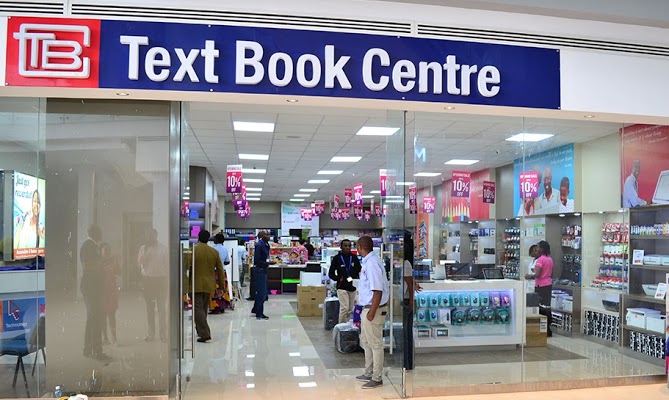Online platforms are slowly eating into the advertising revenue of television and print media, a new report shows. The trend, the report titled “Online Media Versus TV: Calm Before the Storm” by global financial services firm Deloitte says, is mainly being driven by growing Internet and smartphone penetration in the country.
The survey found that radio remains the most popular source of news and entertainment for Kenyans despite the growing popularity of online platforms and also attracts the highest number of advertisements. The report says Internet connectivity grew by 85 per cent in 2015 while smartphone penetration went up by 44 per cent over the same period. The number of online media visitors, on the other hand, went up by 54 per cent from 1.1 million a day in 2014 to 1.6 million in 2015.
“The high cost of purchasing internet bundles, as well as the expense associated with Wi-fi connection in homes, have not deterred more Kenyans from going online to seek news. And it seems the advertisers are following them there, especially at the cost of TV and print media,” said Deloitte Associate Director Erik Van Der Dussen during the report’s release.
The report says the rise in popularity of online platforms as the preferred source of news appears to have hit the print media hardest, with advertisers now channeling the largest chunk of their budgets online as newspaper circulation falls.

“While online media visitors went up, the circulation of daily newspapers went down by four per cent in 2015. Twitter is also fast becoming a preferred source for news for Kenyans,” says the report. Despite TV trailing online media in growth figures, the report noted that the number of households owning a TV set has increased by six per cent since 2010.
See Also >> Why Standard editors blocked cartoon on Safaricom
Access to TV in rural areas has also risen. “TV is showing a much bigger potential for adverting than newspapers. Majority of TV viewers – between 50 to 60 per cent – are the youth. Newspapers attract a much older male readership – 85 per cent – mostly interested in politics,” said Mr Dunseen.
He, however, pointed out that newspapers are still the leading money maker for media houses, given that the money paid for a single newspaper full-page advert can pay for airtime for the same advert in eight TV stations. He also noted that top 12 sectors, including soft drinks and Government services – increased their spending on advertising by 26 per cent last year.



















































![Pula Co-Founders and Co-CEOs, Rose Goslinga & Thomas Njeru. Pula provides agricultural insurance and digital products to help smallholder farmers manage climate risks, improve farming practices and increase their incomes. [ Photo / Courtesy ]](https://businesstoday.co.ke/wp-content/uploads/2021/01/Pula-Co-Founders-and-Co-CEOs-Thomas-Njeru-Rose-Goslinga.jpg)




























































Leave a comment